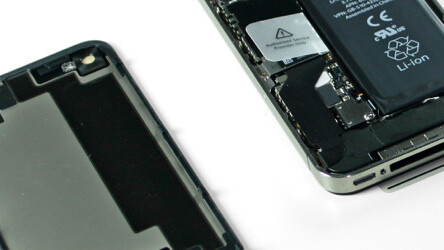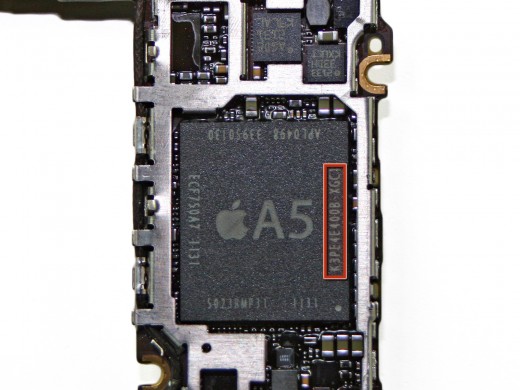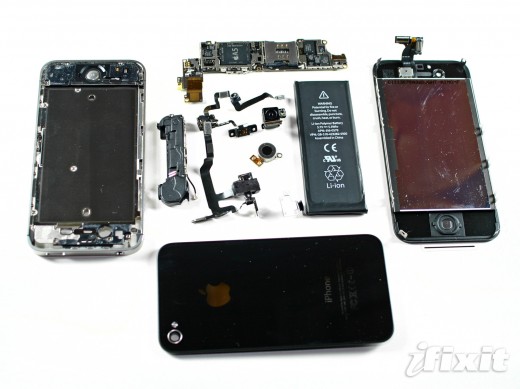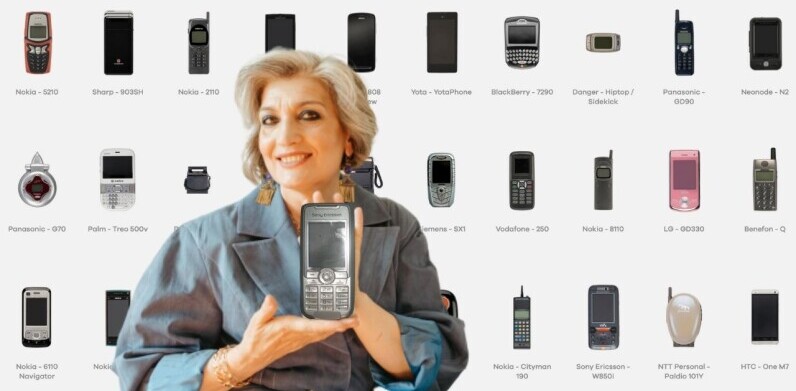
As they are wont to do, iFixit has performed its teardown of the new iPhone. The iPhone 4S is unsurprisingly very similar to its predecessor inside apart from the new A5 processor, but there are some differences worth pointing out.
The new device has been confirmed to contain 512MB of RAM after an examination of the markings on the A5 by Anandtech. The 512MB confirmation isn’t all that shocking, but it does confirm that additional memory is not necessary to run Siri, the iPhone 4S’s new voice activated assistant feature. Since these specifications are actually very similar to the iPad 2’s it does raise questions about why Siri is only available on the new device.
At this point it seems likely that Apple is limiting the rollout of Siri to the new devices in order to give them time to stress test the service, which is still in beta. Limiting the service to the new device will mean that Siri gets out there on several million devices instead of potentially tens of millions. This should give them time to get it running right. I’d expect to see Siri on more devices in the future but at this point it seems clear that its largest potential to be useful lies in mobile pocket-sized devices, not the ‘lean back’ iPad.
The teardown also shows that the battery of the iPhone 4S is larger, offsetting the bigger power consumption of the A5 chip while maintaining battery stats almost across the board. The standby time of the iPhone 4S is listed at 100 hours less than the iPhone 4, but there is no solid explanation for this. The new battery clocks in at 5.3 WHr in comparison to the iPhone 4’s 5.0 WHr battery.
The vibration motor in the new device has also gotten a bump as it is now a linear oscillating motor of the Verizon version rather than the older rotational one in the AT&T version. I’ve always felt that the vibration on the older device has been a bit mushy, with too much falloff. This should improve matters significantly, especially given iOS 5’s custom vibrating alert feature.
There are some other small differences like the way that the screen is mounted and the fact that it is using a slightly tweaked version of Qualcomm’s worldphone RTR8605 transmitter. You can check out the whole teardown here for more images and info.
Get the TNW newsletter
Get the most important tech news in your inbox each week.






